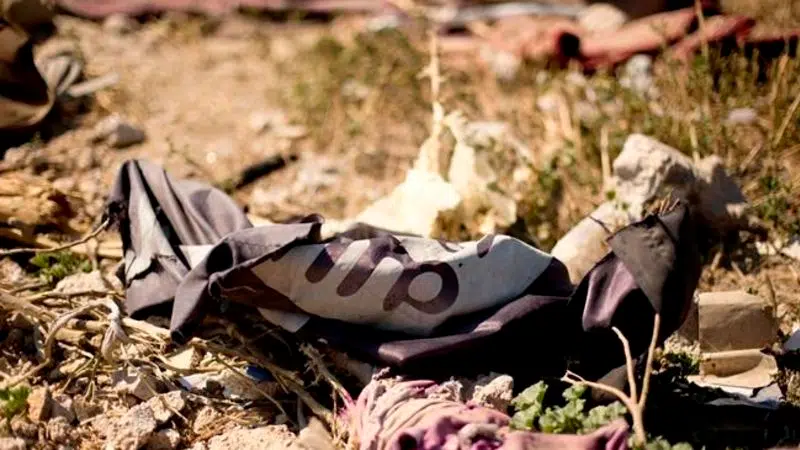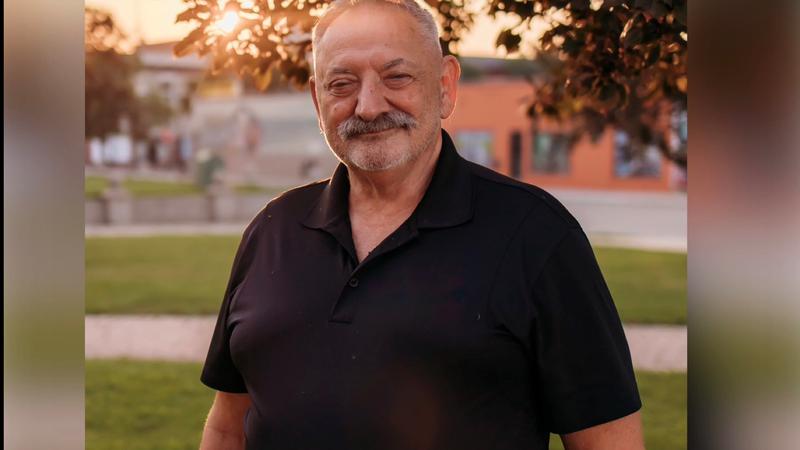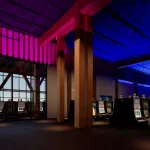
US-allied Syrian force declares victory over Islamic State
BAGHOUZ, Syria — U.S.-backed forces declared military victory over the Islamic State group in Syria on Saturday after liberating the last pocket of territory held by the militants, marking the end of a brutal self-styled caliphate the group carved out in large parts of Iraq and Syria in 2014.
The nearly five-year war that has devastated cities and towns across north Syria and Iraq ended in Baghouz, a minor border village where the cornered militants made their last stand, under a grueling siege for weeks.
On Saturday, the Syrian Democratic Forces raised their bright yellow banner from a shell-pocked house where the militants once flew their notorious black flag. Below it stretched a field shattered by the battle, pitted by trenches and bomb craters and littered with scorched tents, twisted wreckage of burned out vehicles, unspent explosives and few remaining corpses.


